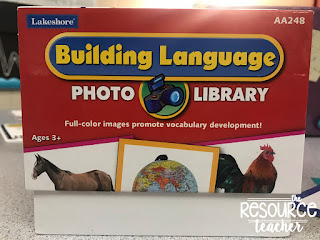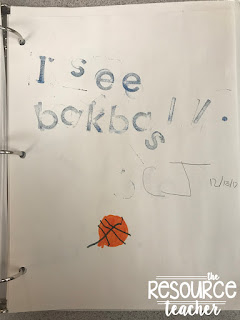What if I told you that you CAN nail your observation with 1 day, even 1 hours notice? It is possible!! Keep reading to see the 3 steps I take to help me nail my observations.
1) Invite your administration in regularly. Keep your doors open and create a welcoming space. If your administrators see you in your environment regularly they are taking note of all of the great things they are seeing and how hard you are working. Hopefully they will also see the rapport you have with the staff in your room. Having them in regularly should start to calm your nerves and your students will get accustom to it. That way, when the observation day does come it is just like any other time they may be popping in.
2) DON'T CHANGE YOUR ROUTINE!!! I don't have enough fingers to count how many times I have seen the post "I am getting observed tomorrow what should I teach?".....(part of the reason I am writing this 😜). While it is okay to want to do something super fun and engaging, if your students aren't used to it, the grand idea you have in your head, may be a giant flop. If you are really wanting to add some flair to your lesson think about what you already do. What tiny little thing could you change or add to make it a little more exciting? Doing this will not only add something fresh but it will ensure that your students will understand the routine and flow so you are not having to spend your entire observation restating directions.
An example: My students do independent writing everyday (you can read about that here). If they have been writing 1 sentence for the past few weeks this is what I may do for my observation. I would conference with a student and say "I was looking over your writers notebook and I noticed a lot of great work. Can I show you some of my favorite writing pages you did?" I would then go through 2-3 pages with them. Pointing out how great the pictures are, how they have a capital letter and period. Really building them up and making them feel like a great author who is proud of their work. I would then say "You are doing such a great job with your writing, so good in fact that today instead of writing 1 sentence, I want you to write 2 sentences." Hopefully they will get excited about this and will be up for the challenge. If they are not, that is okay. Tell them it's okay to be a little nervous to change it up. How about this, you write 1 sentence like you always have and then we can write the second sentence together?
Doing this shows your administrator a few things 1) you are pushing your students further and challenging them 2) you know how to build your students up 3) you are teaching your students to own their work, be proud of what they accomplished 4) you are showing/teaching your students about emotions and how to work through those 5) you are striving for independence but offer support if students seek it.
3) Ask for feedback!! Remember an observation is not an evaluation. It is one part of your evaluation. Get the feedback and make a plan to improve the areas that your administrator pointed out. If there is something they pointed out that you thought went well ask them what they would have done differently. Then....invite them back in and tell them ahead of time. "I have been working on ________, I would like to know if you would come in to let me know if this is what you had in mind."
It is important to remember that while administrators are going through tons of trainings on the evaluation process they are most likely being trained on 1 rubric. And it is pretty safe to say that this rubric is written for the general education population. Work with your administrator to define and understand how the rubric would fit your classroom.
Let's recap!
1) Invite your admins in regularly
2) Don't change up your routine
3) Ask for feedback
Do you have any more tips for teacher observations?
 Follow my blog with Bloglovin
Follow my blog with Bloglovin


















